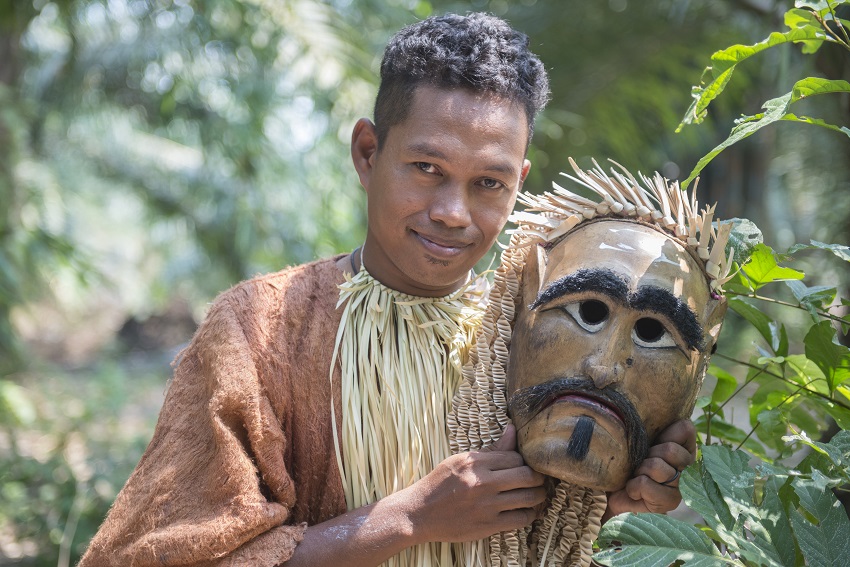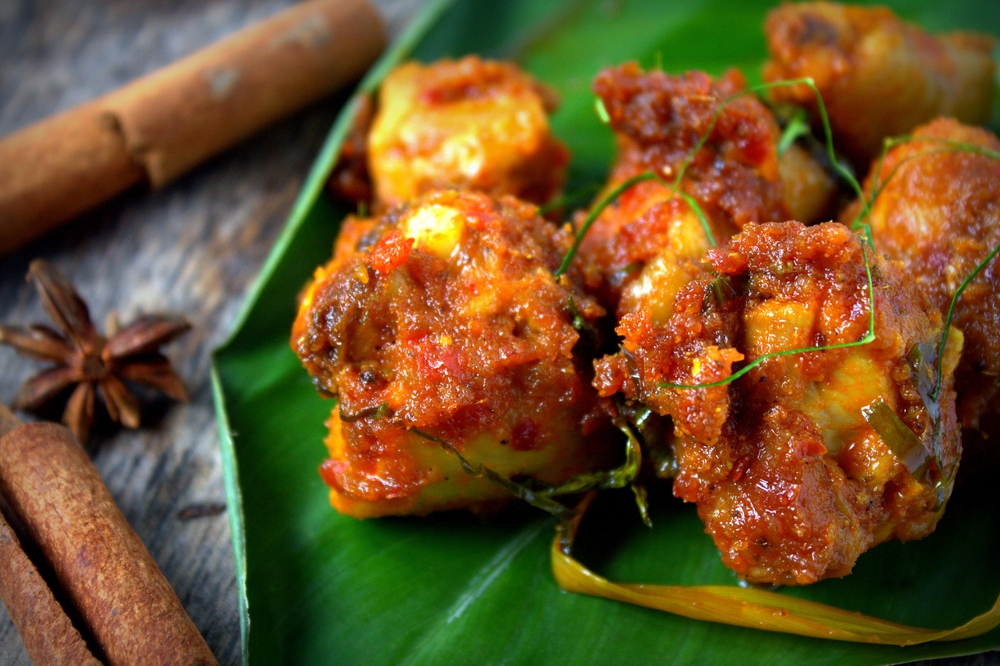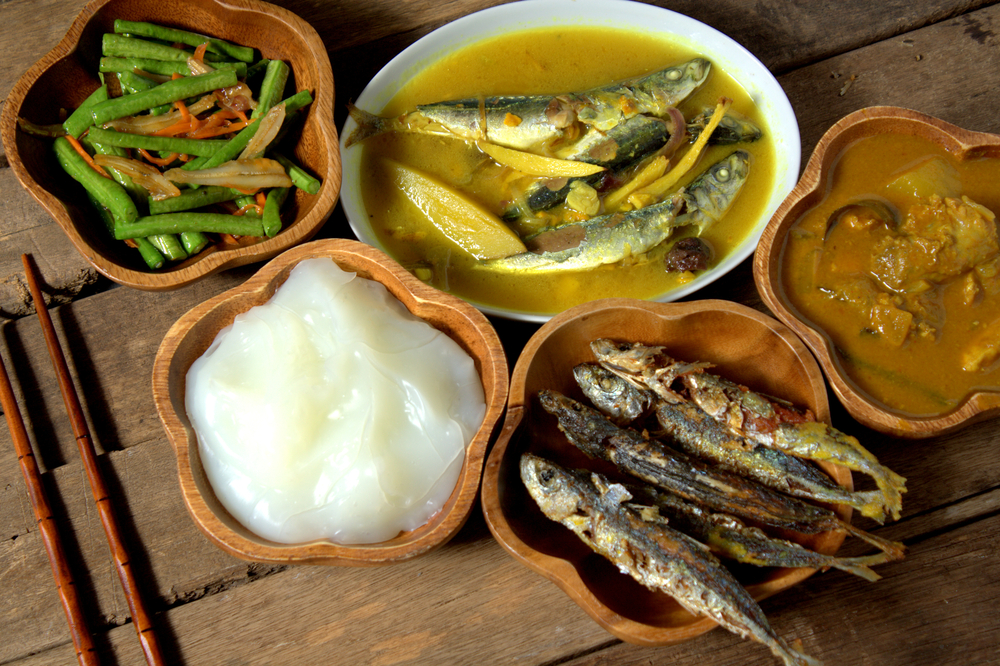Malaysia - ethnicity
Malaysia or officially Federation of Malaysia was originally Federation of Malaya achieving independence from Britain in 1957. At that time, its border stopped at Peninsular Malaysia. However, in 1963 it was decided to unify with Sabah, Sarawak and Singapore which gave birth to a newly established country called ‘Malaysia’. Later in 1965, Singapore parted ways. As a result, Malaysia now marks its borders Peninsular Malaysia or West Malaysia reaching across Sabah and Sarawak on North Borneo or East Malaysia. Most populations in Malaysia are Malay, Chinese and Indian (ปวีณา บุหร่า,2543:1).
According to information in 2012, it shows that Malaysia houses 28.3 million populations with 71% of people living in urban areas. Malay or Bumiputra which means a child of the land is predominantly 67.4% of the populations followed by Chinese at 24.6% and Indian 7.3% (Jesudas M.Athyal,Editor, 2015:164).
Malay is a predominantly ethnic group making the most populations in the country. They use Malay language and are Islamic entirely devoting themselves to their communities. Their heightened awareness of being Malay is encouraged by being an Islamic. Most of them living in rural areas and work in agriculture. Those living in urban areas work as government officials. The Malays are entitled to some special privileges over other ethnic groups as they are the land owner or ‘a child of the land’. They are, for example, entitled to own properties and secure government official positions. In case some happen to be elites, they are equipped with political and administration power.
Chinese is the second largest ethnic group following the Malays. They use Chinese Language and are Buddhist, Confucianist and Taoist. The Chinese are structured ‘middle-class’ of the society in which they are playing a vital role in developing the country’s economics. Most of them are middle men or small business owners. Some work in banking sector, insurance, marine transportation, mining and rubber plantation. Their dialects are what determine their settlements across West Peninsular Malaysia where it is filled with abundant natural resources. The fact that the Chinese have their own religions, languages and cultures makes them one unified cluster preserving their own identity.
Indian is the smallest ethnic group. Most of them are Hindu, use Hindi language and work in rubber plantation generating export revenues for Malaysia. Some work in textile industry, law firm, medicine and non-standard loan (ปวีณา บุหร่า,2543:16).
Malaysia is a multicultural land where it houses three different ethnic groups. The conflicts between them are consequences of being a British colony. The three ethnic groups are distinctively different from each other in terms of culture, language and religion. Each ethnic group has interactions and adaptations with one another. Birds of a feather flock together in a way. Britain acted as a middleman making contacts between the ethnic groups in the best interests of economy, society and politics (อนุสรณ์ เมฆบุตร:5).
Britain decided on ‘Divide and Rule’ strategy. The Chinese, assigned to be labors, worked for tin mines serving this industry in its colonial empire. The Indians were assigned to work in rubber plantation; meanwhile, the Malays worked in agriculture with a sole purpose of living. It is noticeable that Britain imported Chinese and Indian labors to be economics driving forces while leaving and segregating the Malays to agricultural sectors. It might have been Britain’s fear that the Malays manipulating economics of her colony would eventually lead to a persistence of British rule. Thus, it is understandable why the Chinese and Indians were economically more developed that the Malays were (กอร์ปธรรม นีละไพจิตร, 2553:109).
After achieving independence, it was a feeling that economic inequality between the Malays and Chinese existed, causing the worst race riot in 1969. Though the Malays are ‘Bumiputra’ being able to exercise full political rights, their economic statue is considered inferior to the Chinese. On the contrary, economic statue of the Chinese is superior while their political rights cannot be equal. It can be assumed the full-scale riot stemmed from what each group has since longed for. (ปวีณา บุหร่า,2543:116).
When the riot quelled, the Malaysian government announced a new economic policy with these following purposes. First is to end poverty of every ethnic group. Second is to construct a new social order. (เหมือนขวัญ เรณุมาศ, 2556:70). They hoped it would lead to a unified nation. Nonetheless, eventually, it did improve the Malays’ qualities of life while advancing economic interests to the Chinese as well as raising their status to be even more superior to the Malays. The Chinese have had more advanced experiences in economy since colonial period, and under the new policy it allows more economic installation and expansion of the Chinese (ปวีณา บุหร่า,2543:119).
The new economic policy did create jobs and generate incomes according to economic operation plans for 20 years from 1971-1990. Poverty was tackled. Quality of life was much improved. Malaysia developing the structure of agricultural production prompted it to be a more industrialized nation providing more hiring and creating new careers. However, 20 years is not a course of time that unification between the ethnic groups can be achieved. There are factors provoking conflicts in the Malaysian society (ปวีณา บุหร่า,2543:119).
Though the conflicts between ethnic groups are unavoidable, what has been a great success for the Malaysian government is pulling off the efficient economic plans giving benefits to the people’s quality of life. Moreover, political parties in Malaysia are representing each ethnic group, introducing policies that directly respond to their people so that tensions can be relived. Ultimately, they wish to see no violence that broke out in the past.
Bibliography
Jesudas M.Athyal,Editor. (2015). Religion in Southeast Asia. California.
กอร์ปธรรม นีละไพจิตร. (2553). ชาติพันธุ์มลายูกับบริบทของรัฐชาติสมัยใหม่:ก่อนยุคแห่งวาทกรรมโหยหาสมานฉันท์. ใน สุเจน กรรพฤทธิ์ และ สิทธา เลิศไพบูลย์ศิริ, อุษาคเนย์ที่รัก (หน้า 98-113). กรุงเทพมหานคร.
ปวีณา บุหร่า. (2543). นโยบายเศรษฐกิจใหม่ (ค.ศ.1971 - 1990) กับปัญหาการสร้างเอกภาพระหว่างประชากรเชื้อชาติต่างๆในมาเลเซีย. สารนิพนธ์ศิลปศาสตรมหาบัณฑิต สาขาวิชาประวัติศาสตร์ มหาวิทยาลัยธรรมศาสตร์.
เหมือนขวัญ เรณุมาศ. (2556). ว่าด้วยชาติพันธุ์และเศรษฐกิจการเมืองมาเลเซีย. รูสมิแล, 67-74.
อนุสรณ์ เมฆบุตร. (2549). การบูรณาการกลุ่มชาติพันธุ์ในรัฐพหุสังคม : กรณีศึกษากลุ่มชาติพันธุ์สยามในรัฐเคดาห์ ประเทศมาเลเซีย. วิทยานิพนธ์ศิลปศาสตร์มหาบัณฑิต สาขาวิชาภูมิศึกษา บัณฑิตวิทยาลัย มหาวิทยาลัยเชียงใหม่.





